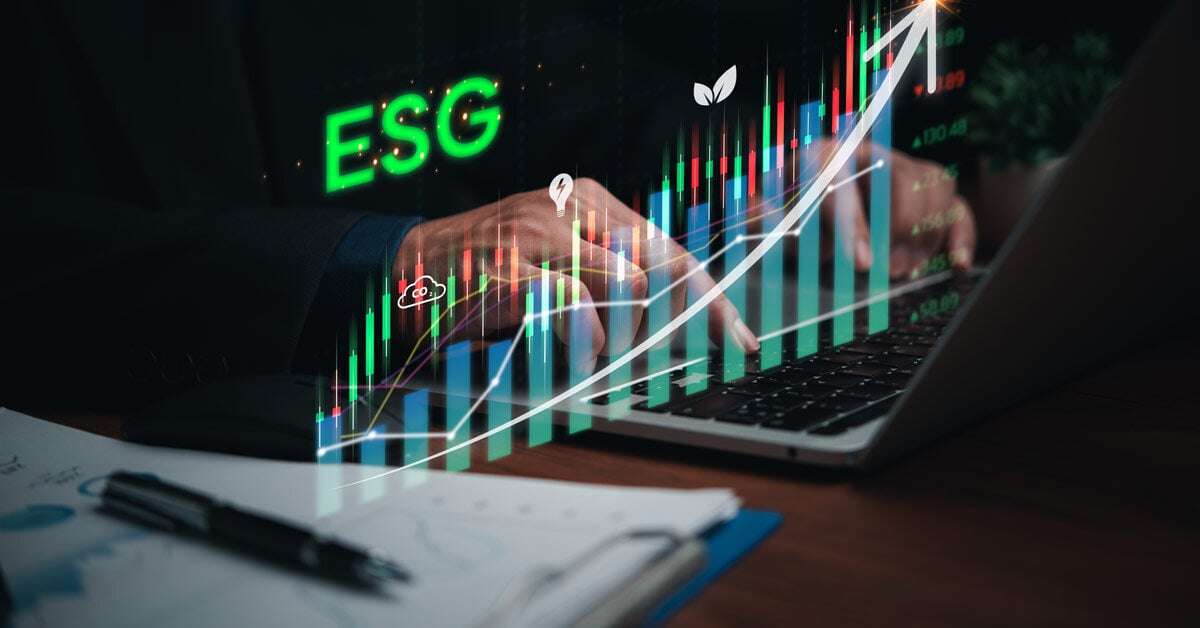3 min read
EUDR Information Systems and Timelines Under Scrutiny
ResourceWise
:
Jun 7, 2024 12:00:00 AM

The EU Deforestation Regulation (EUDR) reporting deadline is fast approaching at the end of 2024. With the short time frame until the rules take effect, many businesses are expressing concerns over its implementation logistics.
Several agents across the European value chain have co-signed a letter to EU Commission President Ursula von der Leyen outlining the issues. The problem lies in the inadequacy of current information systems that will be used for the required reporting.
Current EUDR Information System Inadequate for Reporting
The urgency of the situation is underscored by the associations representing industries such as feed, tires, and other commodities, advocating for swift updates to the EU system. They assert that, without these updates, most businesses will struggle to fully comply with the EUDR reporting mandates.
The main goal of the information system (or register) is to streamline the submission and processing of due diligence statements, which will be required for relevant commodities or products entering the EU market. When properly functioning, this benefits operators, traders, authorities, and customs who can all use the system as designed without delays that could adversely impact their success potential. Resolving these issues now will allow for a seamless transition when the EUDR rules are enacted at the end of 2024.
However, the system's current state does not meet the demands of smoothly running supply chains. The overall timeline set by the EU Commission for making the system operational directly contributes to the uncertainty.
More Testing Required to Improve Systems
In January, businesses participated in the initial EUDR system pilot testing. They provided extensive feedback that identified various shortcomings and areas for improvement.
During an April 24 deforestation meeting, attendees also questioned whether the revised system would be able to meet industry needs.
These business entities collectively emphasized the need for another round of testing to address multiple “errors and inaccuracies” found during the pilot testing. Potential issues could include GPS accuracy and glitches preventing timely reporting.
They also reinforced the importance of a specialized stress test for uploading significant amounts of geolocation—exactly what will happen once the regulation takes effect.
Additional testing would allow businesses to modify their IT systems for integration. But these procedures demand several months and accurate API specifics.
File Size Restrictions Also a Potential Problem
Business groups have also requested the Commission remove or increase the 25MB file size limit for due diligence statement uploads. They argue that the current limit is inadequate for bulk commodities and derived products.
The letter called for accepting multiple data formats beyond GeoJson, as existing traceability work already relies on various formats.
System Availability Must Be Moved Back for 2025 EUDR Deadline
It's critical to make the EUDR information system available to all users by early November at the latest. The present plan to open the system for general use in mid-December does not consider supply chain dynamics.
Industry organizations argued that most autumn harvests may only reach the EU after the regulation's application date. Accompanying due diligence statements would not even be possible in these circumstances.
Serious Consequences Could Follow without Adequate EU Commission Response
The inability to adequately respond to these issues could have major consequences. First and foremost, the reputation of the EU Commission would be negatively affected—undoubtedly causing further complications down the road.
Even worse, these limitations could impose heightened operational restrictions on those in the EU supply chain. This could reduce available supplies for production and decrease the global competitiveness of those who work within the EU value chain.
The letter's ending statements urged the EU Commission to find a solution that will work for all involved. This would include assistance in key weaknesses, such as IT shortcomings.
Similarly, the letter calls for an ongoing line of communication from participating agents to the EU Commission. An open dialog would help to continually identify and address challenges and barriers to compliance.
At the heart of this issue, the goal is the same for all parties: make the system as robust as possible to contribute to a successful EUDR implementation. How that will take place is clearly still a work in progress.
Get EUDR Clarity at Our Live Webinar on June 18!
If you're feeling confused about the EUDR, compliance, and how it will affect your business, you're not alone. Fortunately, the team at ResourceWise is here to help.
Join us for our live webinar, "Navigating the EUDR," on Tuesday, June 18, 2024, at 11 a.m. EST (3 pm UTC).
Presented by Matthew Stone, ResourceWise’s Vice President of Business Development and founder of Prima, this in-depth webinar will dive into all the critical points of the EUDR you'll need to know.
What We'll Cover:
- Understanding EUDR: An exploration of the EUDR's implications on the forest products industry and its worldwide impact
- Key Timelines and Implementation: A peek into the regulatory schedules and the current understanding of the implementation processes
- Effects on Wood Exporters: Uncover the unique hurdles and strategic modifications required for forest goods exporters under EUDR
- The Future of Wood Residues: The future scenario of using wood by-products as a sustainable biofuel feedstock
Reserve Your Place Today!
Equip yourself with the knowledge and tools required to confidently navigate new regulations. Don't wait—secure your spot today by registering using the link below.





